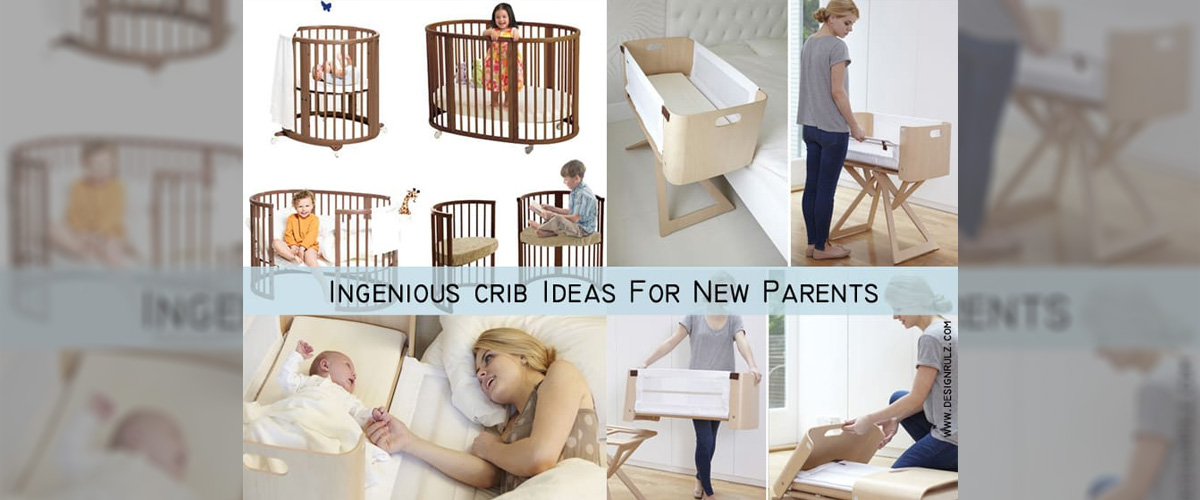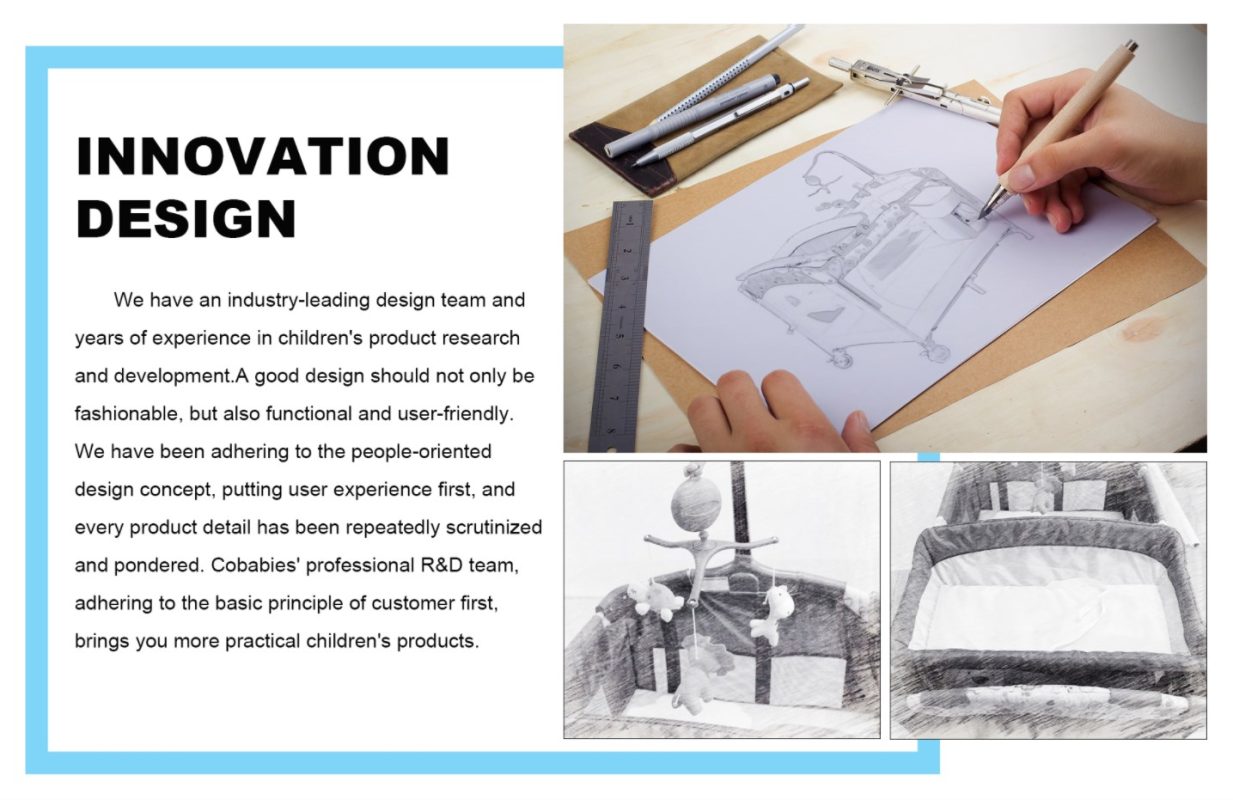Parents place great importance on their child’s growth and education, particularly in the quality and standard of the products they use. A child’s clothing, food, shelter, transportation, education, safety, and hygiene are all different from those of adults. These products require special design, from color and appearance to functional structure, material, and sensory experience.
One of the most important products in a newborn’s life is their crib. With the gradual improvement of people’s living standards, children’s products are no longer just “handed down from generation to generation.” Most families now provide their children with their own dedicated space, complete with a full closet, toy box, and even a children’s activity room. Cribs are now designed to meet not only technological and functional aesthetics, but also commercial factors.
Parents expect cribs to fulfill multiple functions beyond just serving as a bed for children. Cribs can now be designed to be a play bed, activity bed, or cradle. As a result, designing a well-crafted crib has become increasingly challenging.
Improving the Design of Children’s and Baby Cribs
Today, consumers no longer focus on the quality and functionality of products in terms of their intended use. Instead, they value the sensory experience and emotional pleasure that purchasing a product brings. Based on the factors that influence product composition, innovative and improved designs for baby cribs can be categorized into the following specific and executable aspects:
(1) Protective Railings and Extension Functions
A baby’s head and bones are relatively soft, and if the spacing between the protective railings is too large, there is a possibility that the baby’s head may get trapped between them. More functions in a baby crib do not necessarily mean better quality. For instance, the extension function of a baby crib lacks protective railings, which not only compromises the crib’s firmness but also poses a significant safety hazard. When designing, measure the spacing between the protective railings and ensure that the distance between them is 5-7 centimeters. At the same time, the design of the baby crib must consider its stability and safety. One approach to designing is to use the width of a soda can as a reference to ensure that the can cannot pass through the railings.
(2) Mattresses
The mattress of a baby crib must fit the crib’s size precisely. A mattress that is too small can easily move, leaving gaps at the edges of the crib. Large gaps may cause the baby’s arms, legs, or face to get stuck, which could lead to suffocation. When designing a crib, the gap between the mattress and the crib should not exceed 4 centimeters. Normal mattress purchases should allow for the insertion of two fingers between the mattress and the crib’s edge, indicating that the mattress is too small. The hooks that support the mattress and the bed board should be secured with safety clips and inserted into the grooves securely. The mattress should be designed to be slightly firm, as a baby cannot be placed on any soft surface. Waterbeds, bean bag beds, soft surfaces with wrinkles, and gaps can all impede a baby’s breathing by trapping air around their face.
In conclusion, the design of baby cribs must prioritize safety and functionality. The spacing between protective railings, the size of the mattress, and the mattress’s firmness are essential considerations when designing a baby crib. By prioritizing safety and functionality, consumers can be assured of a positive sensory experience and emotional satisfaction when using baby cribs.


